Adding flowering plants to your home not only enhances its aesthetic appeal but also improves air quality and boosts mood. Whether you have a spacious garden, a cozy balcony, or a few windowsills, there’s a perfect flowering plant for your space. This article explores 15 of the best flower plants you can easily grow at home, along with care tips to keep them thriving.
1. Roses
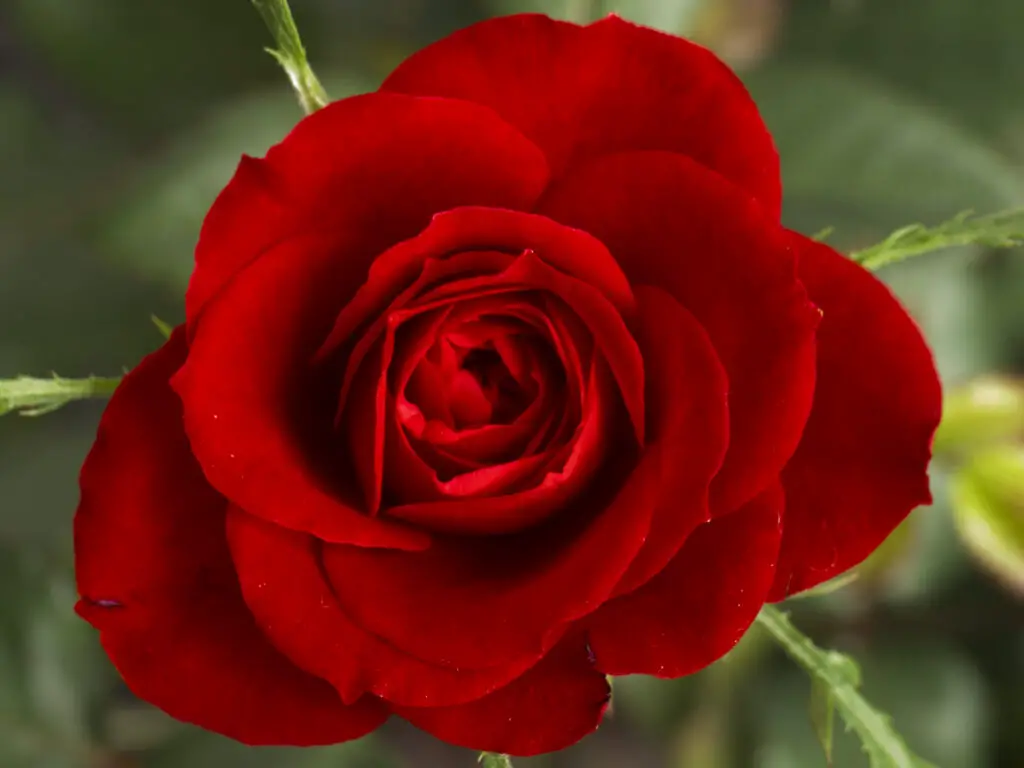
Roses are a fantastic choice for home gardens. Here’s a more detailed breakdown of why growing roses is a great idea:
- Classic Beauty & Variety – Roses come in an array of colors, from deep reds to soft pastels, adding timeless elegance to any space.
- Symbolism & Meaning – Often associated with love, romance, and passion, roses carry deep sentimental value.
- Versatile Growth Options – Whether you prefer climbing roses for trellises, miniature roses for small pots, or bush varieties for garden beds, there’s a type to suit every home.
- Fragrant & Mood-Boosting – Many rose varieties have a delightful scent that enhances relaxation and well-being.
- Pollinator-Friendly – Roses attract bees and butterflies, supporting local ecosystems.
- Long-Lasting Blooms – With proper care, roses can bloom multiple times a year, providing continuous beauty.
2. Jasmine
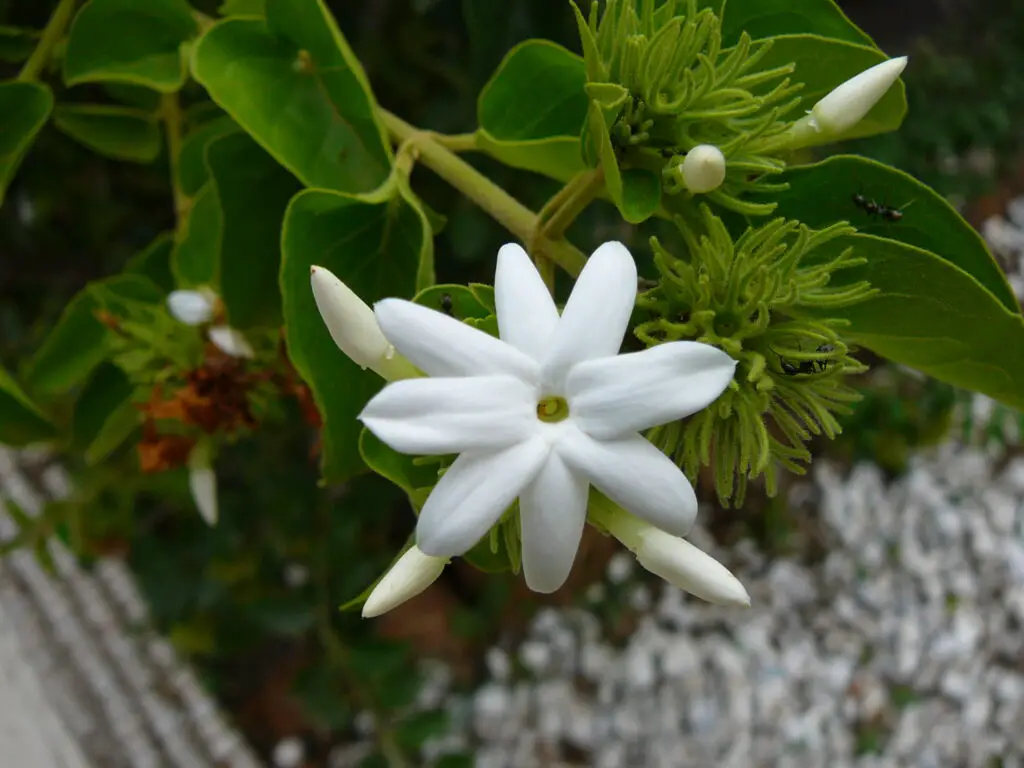
- Sweet Fragrance – Jasmine’s enchanting scent can fill your home and garden, creating a calming and refreshing atmosphere.
- Versatile Growth – It can be grown both indoors in pots or outdoors in gardens, making it perfect for different home setups.
- Multipurpose Uses – Jasmine flowers are commonly used in teas, essential oils, and even aromatherapy, adding to its appeal beyond aesthetics.
- Light: Prefers partial to full sunlight for optimal growth and blooming.
- Watering: Water moderately, allowing the topsoil to dry between watering sessions.
- Soil: Needs well-draining soil enriched with organic matter for healthy roots.
3. Marigold

- Easy to Grow & Low Maintenance – Perfect for beginners, marigolds thrive with minimal care.
- Pest-Resistant – Naturally repels pests, making it an excellent companion plant for vegetable gardens.
- Bright, Cheerful Blooms – The vivid orange and yellow flowers add warmth and vibrancy to any space.
- Year-Round Blooms – In warm climates, marigolds can bloom continuously, keeping your garden colorful all year.
- Light: Thrives in full sun for best flowering.
- Watering: Requires regular watering, but avoid overwatering to prevent root rot.
- Soil: Prefers well-drained, slightly sandy soil for healthy growth.
4. Hibiscus
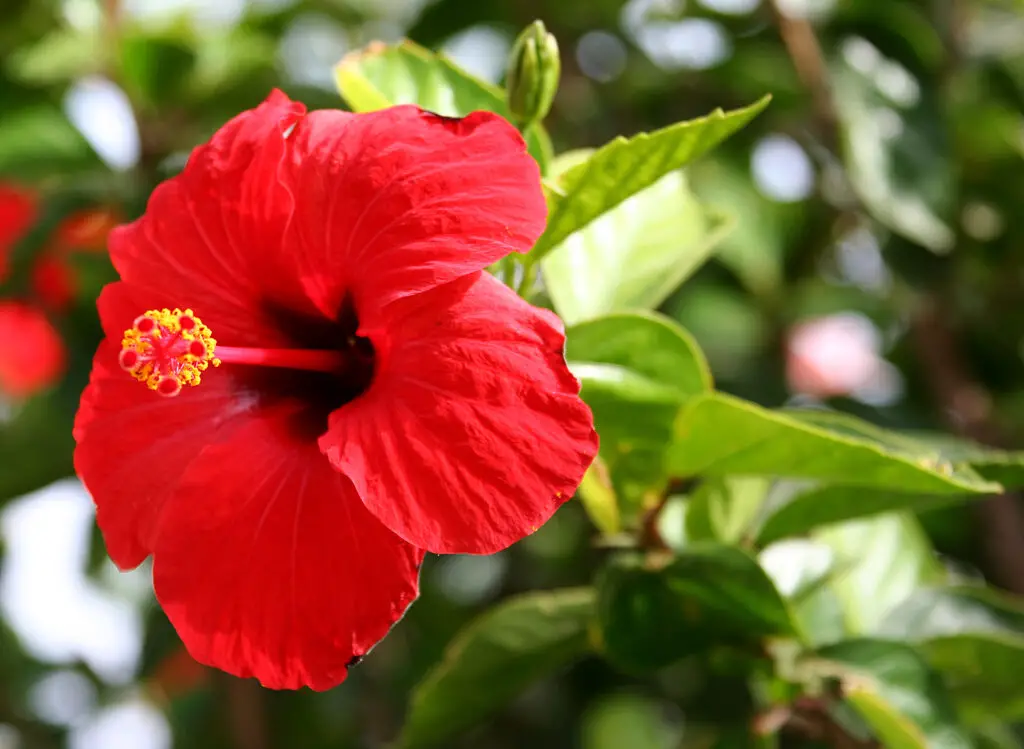
- Large, Tropical Blooms – Hibiscus flowers are bold and beautiful, adding an exotic touch to any home or garden.
- Wildlife Magnet – Attracts butterflies and hummingbirds, bringing life and movement to your outdoor space.
- Versatile Growing Options – Can be grown in pots for patios and balconies or directly in gardens for a lush, tropical feel.
- Light: Prefers full sun for maximum blooming.
- Watering: Needs regular watering; keep soil moist but not soggy.
- Soil: Grows best in well-draining soil enriched with organic compost for nutrients.
5. Geraniums
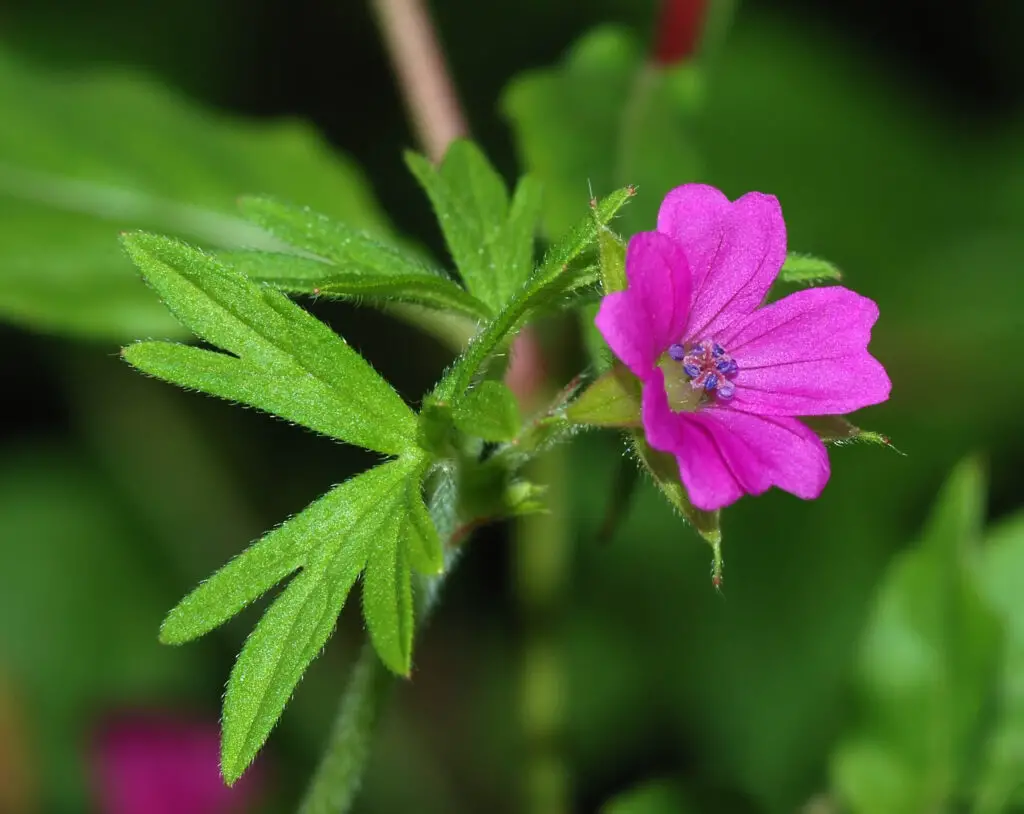
It sounds like you’re describing a plant that’s perfect for both indoor pots and outdoor gardens! This type of plant could be a Begonia or Geranium, which are known for their vibrant blooms in shades like red, pink, and white, and their low-maintenance care.
- Light: Full sun to partial shade – These plants thrive in bright light but can tolerate some shade, making them versatile for various indoor or outdoor spaces.
- Watering: Moderate watering is key – make sure the soil dries out slightly between waterings to avoid root rot.
- Soil: Well-draining, neutral soil – Essential to prevent waterlogging, as these plants don’t like sitting in wet soil.
- Bonus Tip: Pinching off dead flowers – Doing this encourages new blooms and keeps the plant looking tidy.
6. Zinnias
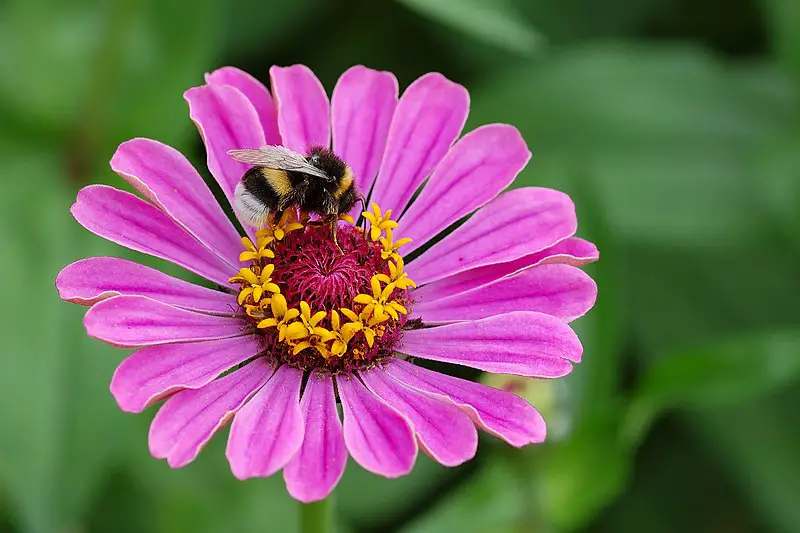
This sounds like you’re describing Zinnias, which are known for their cheerful, bright flowers in vibrant colors, making them great for garden borders and pots. They also attract pollinators like bees and butterflies, making them a popular choice for garden enthusiasts.
- Light: Full sun – Zinnias thrive in direct sunlight, so place them in a sunny spot in your garden or on your patio.
- Watering: Regular watering, but avoid soggy soil – Zinnias prefer consistently moist soil, but good drainage is crucial to prevent root rot.
- Soil: Well-drained, sandy soil – They grow best in light, fast-draining soil, which helps prevent water from pooling around the roots.
- Bonus Tip: Deadheading – Regularly removing spent flowers encourages new blooms and helps extend the blooming period.
7. Daisies
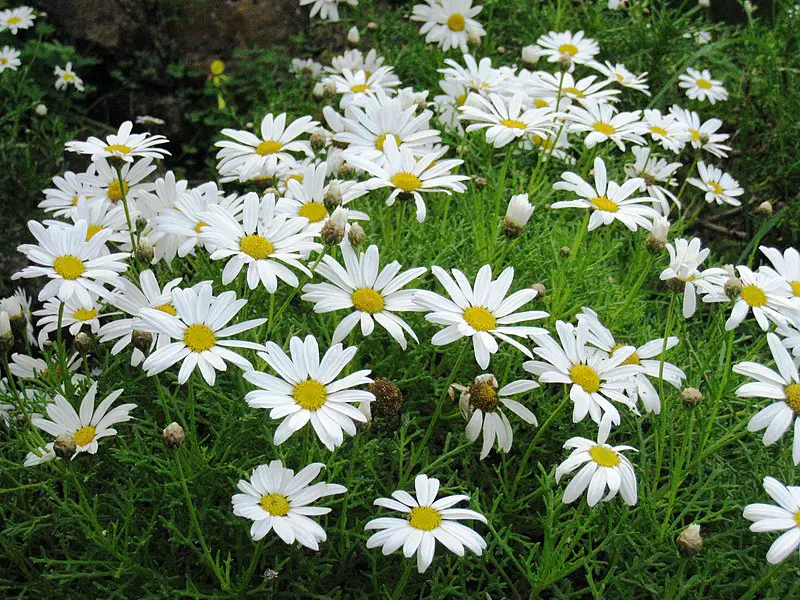
Daisies are a classic choice for brightening up any garden! They’re known for their cheerful, simple flowers, and they’re excellent for attracting pollinators like bees and butterflies.
- Cheerful and bright flowers – Their vibrant white petals with yellow centers bring a fresh and lively touch to any space.
- Ideal for garden borders and pots – Daisies look great in both formal and informal garden settings, as well as in containers on patios.
- Attracts pollinators – Bees and butterflies are drawn to the flowers, making daisies a great choice for a pollinator-friendly garden.
- Light: Full sun – Daisies thrive when they get at least 6 hours of direct sunlight per day.
- Watering: Regular watering, but avoid soggy soil – Daisies like to stay moist, but they don’t do well in waterlogged conditions.
- Soil: Well-drained, sandy soil – Daisies prefer light, well-draining soil, which helps prevent root rot.
- Bonus Tip: Deadhead flowers – Regularly remove spent blooms to encourage new growth and prolong the blooming season.
8. Petunias
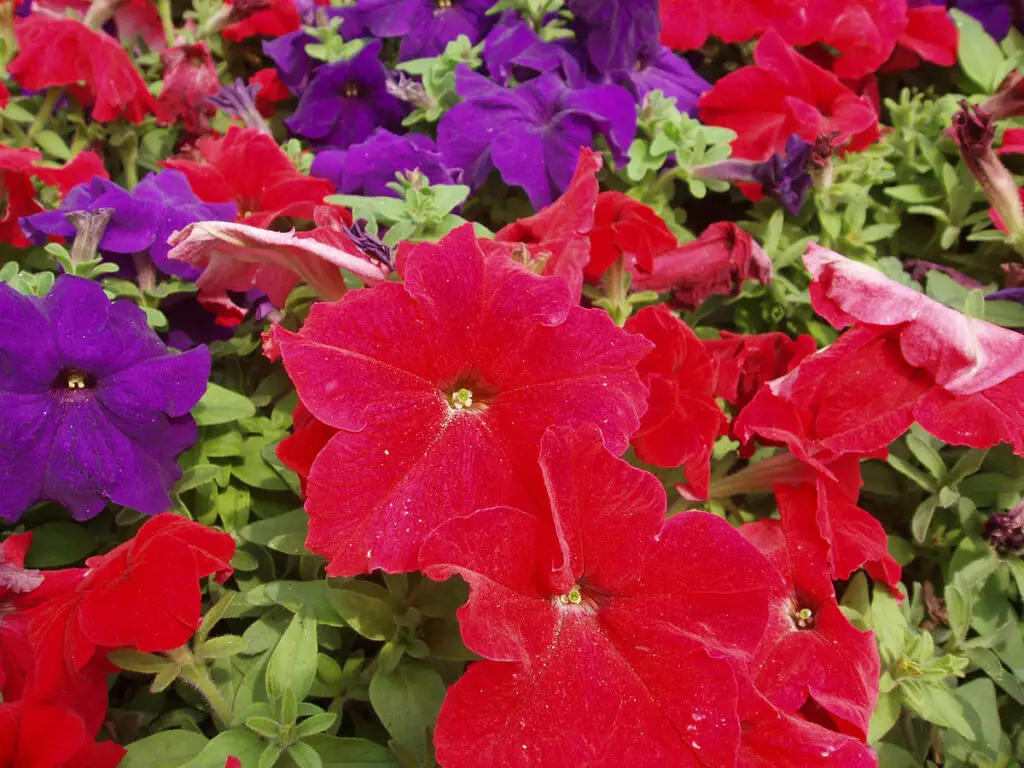
Petunias are an excellent choice for adding color and charm to your garden! Their vibrant flowers in various colors, along with their long blooming period, make them a favorite for gardeners.
- Available in a variety of colors – Petunias come in almost every color of the rainbow, from pastels to bold hues, so you can find the perfect shade for any garden.
- Blooms throughout spring and summer – These flowers will keep your garden colorful and lively for months.
- Light: Full sun – Petunias thrive in bright, sunny spots and need at least 6 hours of direct sunlight daily.
- Watering: Regular watering; prefers moist soil – Keep the soil consistently moist but well-drained to avoid overwatering.
- Soil: Well-draining, rich in nutrients – Fertile, well-draining soil helps petunias grow strong and healthy.
- Bonus Tip: Fertilize every two weeks – Regular feeding with a balanced fertilizer will encourage more blooms and keep the plants looking their best.
9. Sunflowers
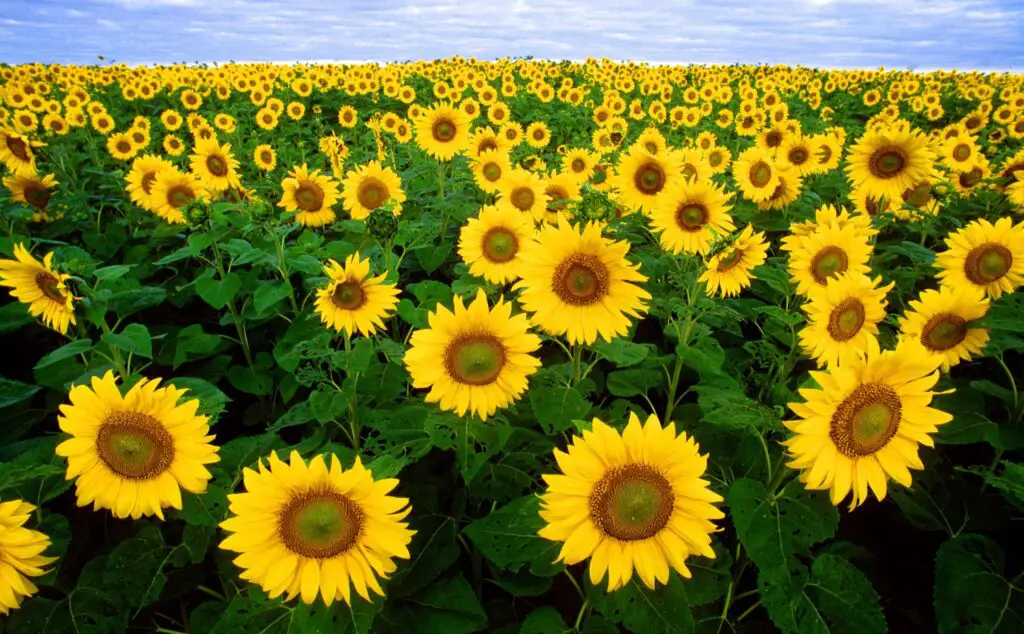
Sunflowers are an iconic, cheerful addition to any garden, bringing height and bright colors to your space. They’re not only visually stunning but also great for attracting pollinators and wildlife.
- Tall, striking, and cheerful flowers – Sunflowers grow tall and create a bold visual impact, with their large, bright blooms adding a sunny vibe to any garden.
- Attracts bees and birds – The flowers attract bees for pollination, while the seeds provide a snack for birds.
- Easy to grow from seeds – Sunflowers are beginner-friendly and easy to grow, making them perfect for gardeners of all experience levels.
- Light: Full sun – Sunflowers need at least 6 hours of direct sunlight to thrive, so they do best in sunny spots.
- Watering: Regular watering, but avoid overwatering – While sunflowers need consistent moisture, they don’t like to be waterlogged.
- Soil: Well-draining with compost – They grow best in rich, well-draining soil, and adding compost can help improve soil structure and fertility.
- Bonus Tip: Harvest seeds – Sunflower seeds can be harvested for snacks or to feed birds, making them a rewarding addition to your garden.
10. Pansies

Pansies are a fantastic choice for brightening up your garden, especially during the cooler seasons. Their vibrant, multi-colored blooms make them a cheerful addition to any outdoor space.
- Cool-season blooms – Pansies are perfect for cooler weather, thriving in the fall and early spring when many other plants are dormant.
- Available in multi-colored varieties – You can find pansies in nearly every color and combination, from bold primary colors to soft pastels, making them incredibly versatile.
- Suitable for garden beds and pots – Pansies are great for filling garden beds or adding pops of color to containers and hanging baskets.
- Light: Full sun to partial shade – Pansies do well in both full sun and partial shade, so they’re adaptable to different garden conditions.
- Watering: Regular watering; keep soil moist – They like consistent moisture, so make sure the soil stays moist, but be cautious not to let the plants sit in waterlogged soil.
- Soil: Well-draining with organic matter – Rich, well-draining soil is ideal, and adding compost or other organic material will help improve growth.
- Bonus Tip: Perfect for fall and early spring gardens – Pansies are great for adding color to your garden during the cooler months, filling the gap when many other flowers aren’t in bloom.
Related Topics:
11. African Violet
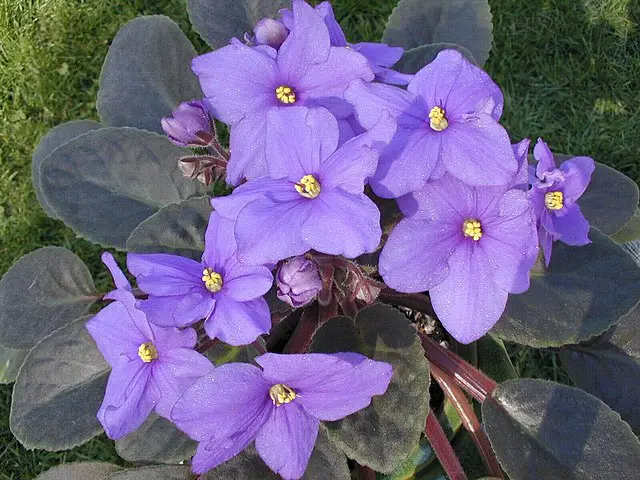
African Violets (Saintpaulia) are wonderful indoor plants, especially for tabletops and windowsills due to their compact size and beautiful, year-round blooms.
- Best for: Indoor tabletops and windowsills – Their small size and stunning flowers make them perfect for adding color and life to indoor spaces.
- Benefits: Compact size, blooms year-round – These plants bloom continuously with proper care, bringing consistent beauty indoors.
- Light: Indirect sunlight – African Violets thrive in bright, indirect light. Avoid direct sunlight, which can scorch their leaves.
- Watering: Avoid water on leaves – Water the soil directly to prevent water from sitting on the leaves, which can cause spotting or rot. It’s best to water when the soil feels dry to the touch.
12. Begonias
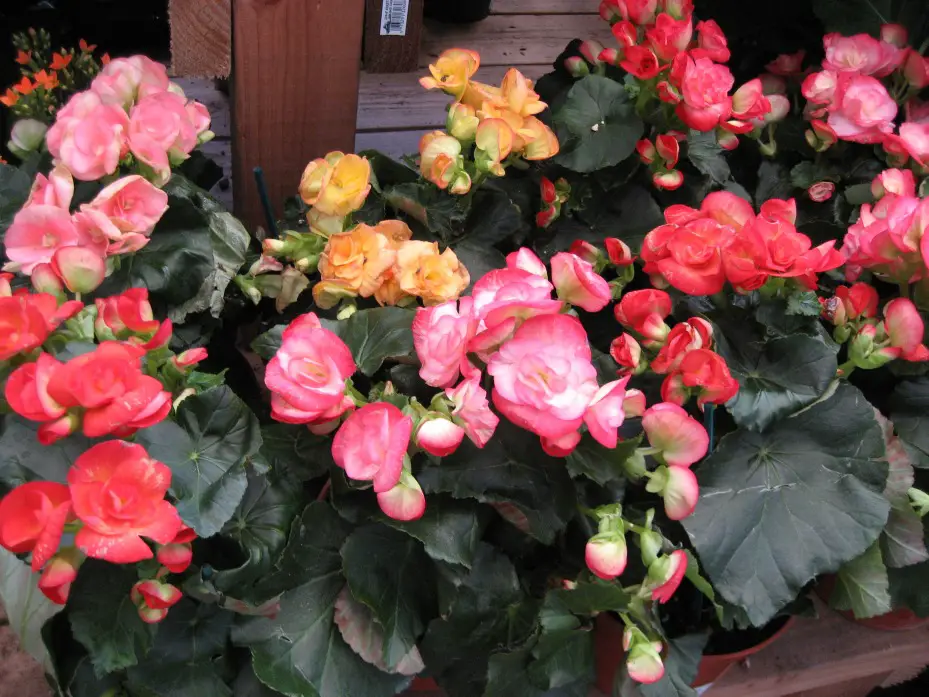
Begonias (Begonia spp.) are a fantastic choice for both indoor spaces and shaded outdoor areas, offering vibrant flowers and easy care.
- Best for: Indoor and shaded outdoor spots – Begonias do well in low-light conditions, making them ideal for indoor spaces and shaded areas of your garden.
- Benefits: Colorful flowers, low maintenance – They produce beautiful blooms in a variety of colors and are relatively easy to care for.
- Watering: Avoid overwatering – Begonias prefer their soil to dry out a bit between waterings, so be sure not to let them sit in soggy soil, which can cause root rot.
- Humidity: Provide humidity – Begonias love humidity, so if you’re growing them indoors, consider placing them on a humidity tray or near a humidifier, especially during dry months.
13. Anthurium
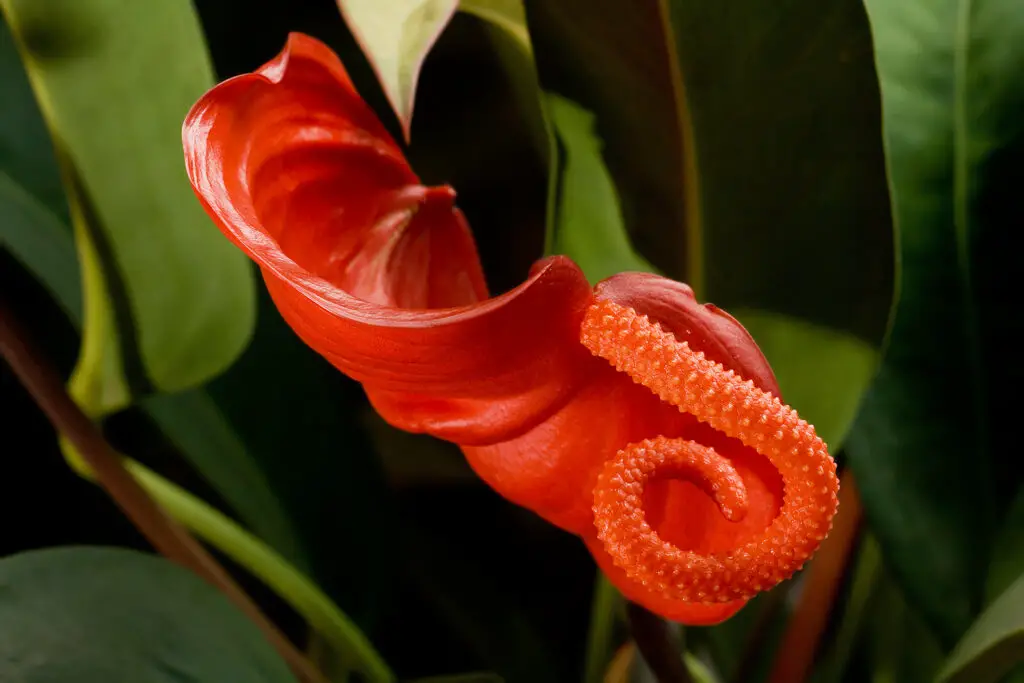
Anthuriums (Anthurium andraeanum) are stunning plants with their exotic, waxy flowers and are perfect for brightening up indoor spaces, especially in humid environments.
- Best for: Indoor spaces, humid environments – They thrive in indoor environments where humidity is high, making them perfect for bathrooms or other moisture-rich areas.
- Benefits: Exotic waxy flowers, air-purifying – Anthuriums not only add a touch of elegance to your space but also help purify the air by removing toxins.
- Light: Indirect light – Anthuriums prefer bright, indirect light. Avoid direct sunlight, as it can scorch their leaves and flowers.
- Watering: Moist soil – Keep the soil evenly moist, but avoid overwatering. Ensure the pot has good drainage to prevent waterlogging.
14. Impatiens
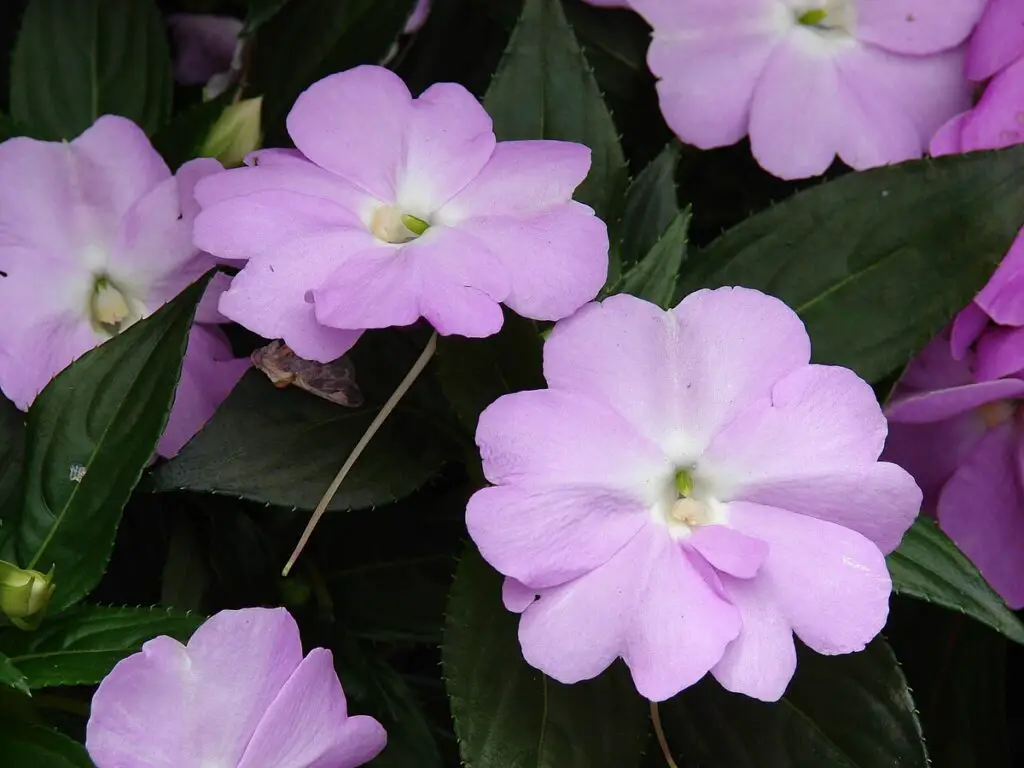
Impatiens (Impatiens walleriana) are a fantastic choice for adding color to shady spots, whether on a balcony or in indoor pots. They’re known for their continuous blooms and easy care.
- Best for: Shady balconies, indoor pots – They thrive in low-light conditions, making them ideal for shaded outdoor spaces and indoor planters.
- Benefits: Non-stop blooming, low maintenance – With proper care, they bloom almost year-round, adding vibrant color with minimal effort.
- Light: Partial shade – They prefer indirect light or dappled shade, as too much direct sun can scorch their delicate flowers.
- Watering: Moist soil – Keep the soil consistently moist but not soggy. Ensure good drainage to prevent root rot.
15. Chrysanthemums
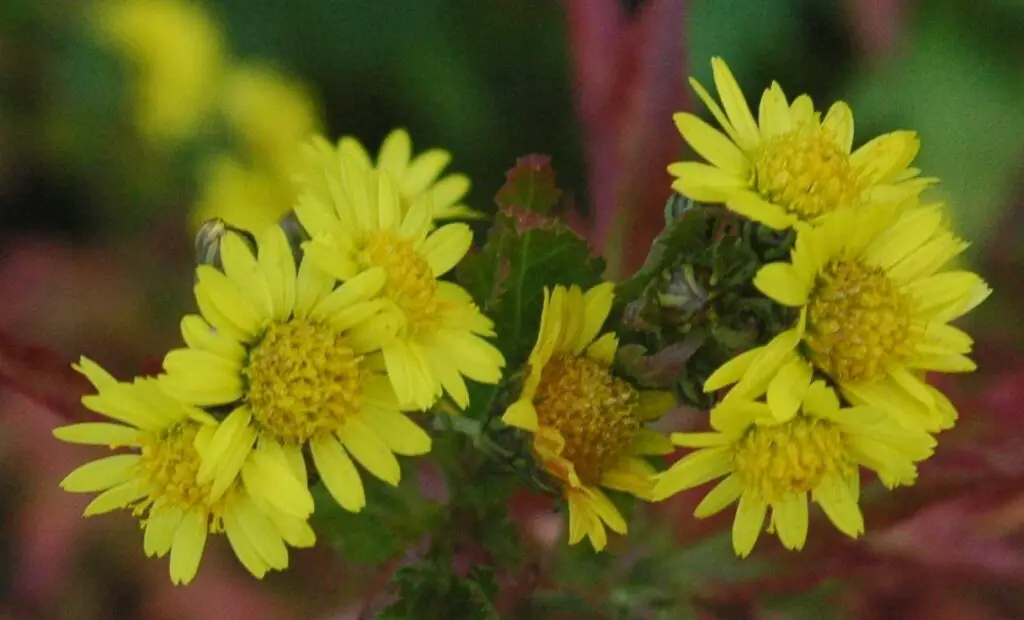
Chrysanthemums (Chrysanthemum spp.) are a versatile and vibrant addition to both indoor and outdoor gardens. They offer stunning blooms and even have medicinal benefits.
- Best for: Indoor and outdoor gardens – They adapt well to different environments, making them great for containers, flower beds, or indoor displays.
- Benefits: Colorful, medicinal uses – Available in a wide range of colors, chrysanthemums are not only ornamental but are also used in herbal teas and traditional medicine.
- Light: Bright light – They need plenty of sunlight to produce their signature blooms, so place them in a sunny spot.
- Soil: Well-draining soil – Good drainage is essential to prevent root rot, especially for potted chrysanthemums.
Flowering plants bring beauty, freshness, and even health benefits to any home. They brighten indoor and outdoor spaces, improve air quality, attract pollinators, and, in some cases, offer medicinal or culinary uses.
When selecting flowering plants, consider your home environment and the level of care you can provide. Low-maintenance options like Begonias or Impatiens are perfect for busy gardeners, while Chrysanthemums and Anthuriums thrive with a bit more attention.
For a stunning, year-round display, mix and match different flowers based on their growing seasons. Combine African Violets for continuous indoor blooms, Pansies for cool-weather charm, and Sunflowers for a bold summer statement. By thoughtfully selecting and arranging your plants, you can enjoy a vibrant and lively home garden throughout the year.
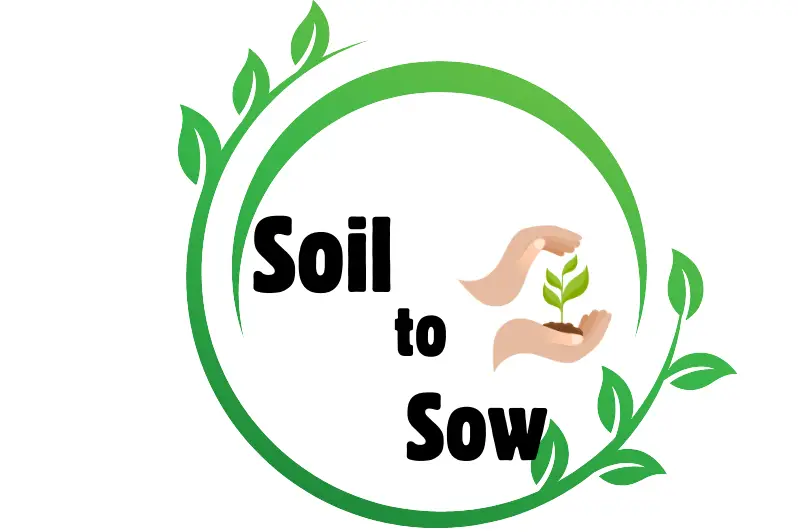
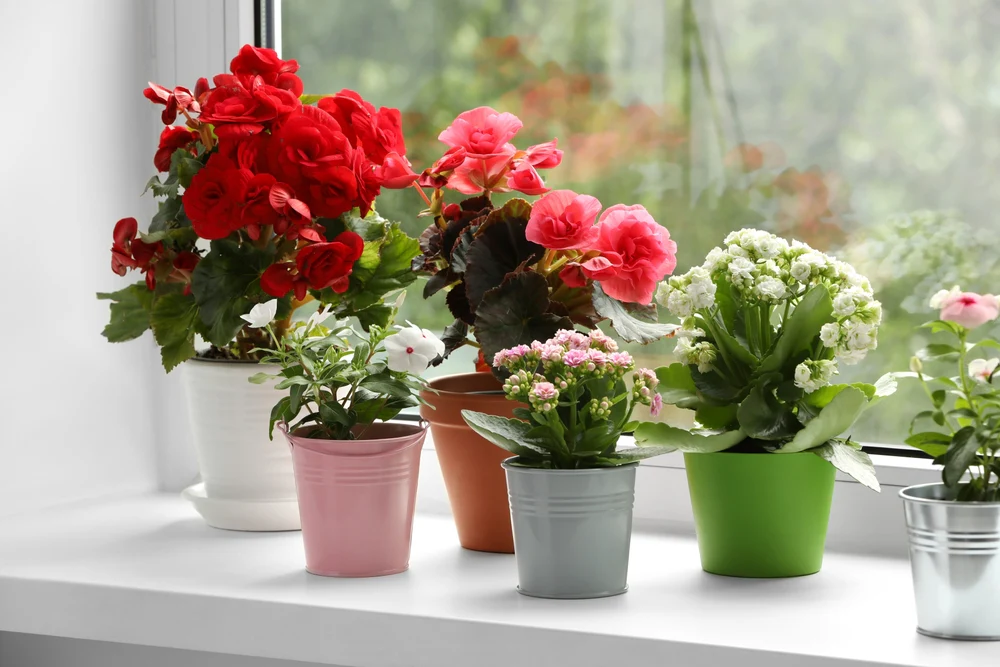
2 thoughts on “15 Best Flower Plants To Grow At Home ”